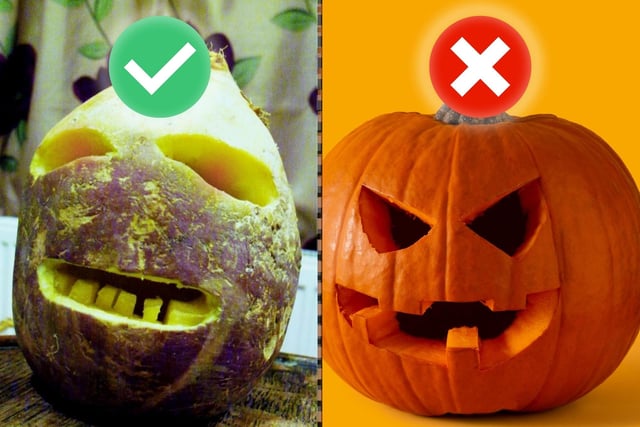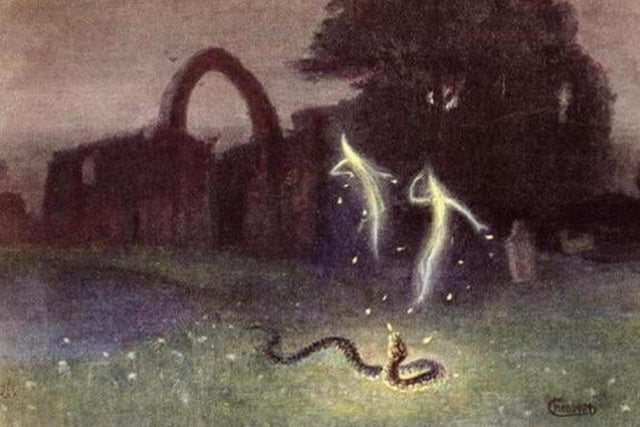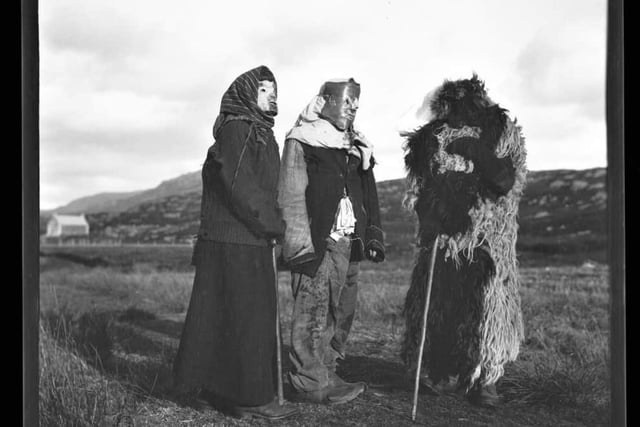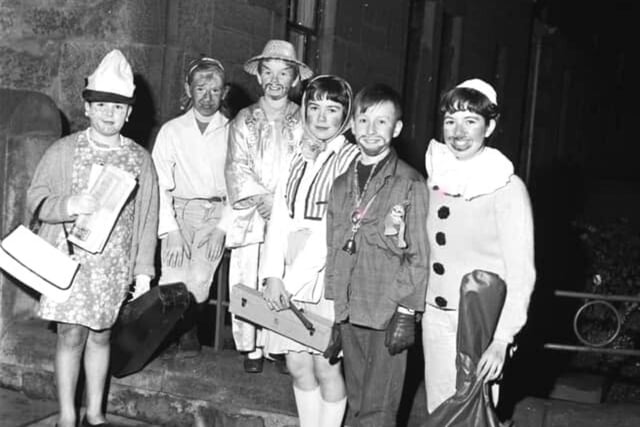Modern customs like carving pumpkins or ‘trick-or-treating’ that we see in today’s Halloween do not originate from the Scots nor our Celtic neighbours in regions like Ireland. Halloween (or ‘Samhain’ as it was known) was serious business in ancient Scotland as it marked the weakening of the barrier between our world and the spirits’ which posed the very real threat of ghosts or demons threatening people or their land.
According to the Celtic calendar, this festival ushered in the dawn of winter associated with death while marking the end of the harvesting season of summer associated with life. This is also why the colours orange and black feature so prominently during Halloween as orange symbolises the warmth of the harvest season while black represents the bitter cold winter.
Here are thirteen ancient customs or concepts of Halloween to show how it was traditionally celebrated in Scotland unlike what we see today in places like the US; Oidhche Shamhna shona dhut (Scottish Gaelic for Happy Halloween!)

1. Jack-o-Lanterns were carved from turnips, not pumpkins
In the original folklore, the man called Jack O'Lantern was a ghostly figure of the night who roamed the lands with a burning lump of coal inside a hollowed out turnip. During Samhain, people would carve out turnips to create their own lanterns as a means of scaring away evil spirits. By the 1800s, Scottish and Irish communities immigrated to the United States and brought their Halloween traditions with them but around this time they adapted the practice of using turnips to pumpkins which are easier to carve. Photo: estefaniavizcaino via Canva Pro / Bodrugan via Wikimedia Commons

2. Halloween existed to ward off evil spirits
In 2022, Halloween is largely about enjoying the opportunity to dress up, throw a party with friends or let your kids venture out for confectionery. However, our Scottish ancestors took the festival very seriously as it represented the veil between their world and the world of evil spirits, demons or witches thinning which threatened them and their land. Halloween was recognised as an important time to ward off such paranormal entities before they could inflict damage. Photo: Hermann Hendrich (1823) (via Wikimedia Commons)

3. Costumes were deliberately much creepier than those we see today
Every year we see superheroes like Wonder Woman or recurring themes like Pirates grace the costume culture of Halloween, but how about wearing the heads and skins of animals instead? Celts practised this as it was essential to disguise themselves as harmful spirits in order to avoid harm - in other words the more terrifying you looked the better. Photo: Submitted via Scotsman

4. In Scotland we have "guising" not "trick-or-treating"
Until recent years the phrase 'trick or treat' did not exist in Scotland but rather the term was 'guising' which comes from the word disguising. This refers to the custom to dress up and disguise themselves as evil spirits such that they could blend in with them and go unharmed. Photo: Submitted via Scotsman
